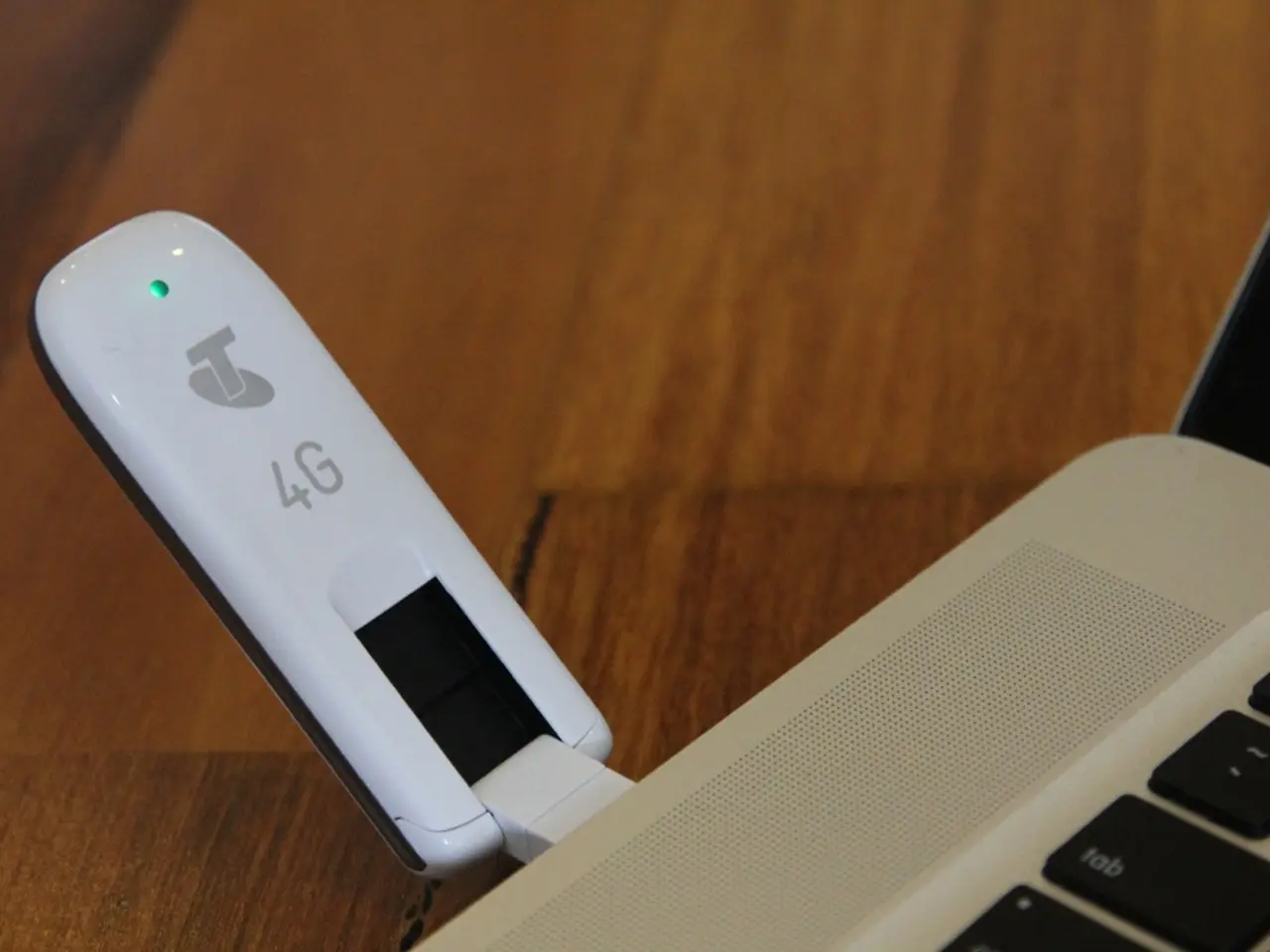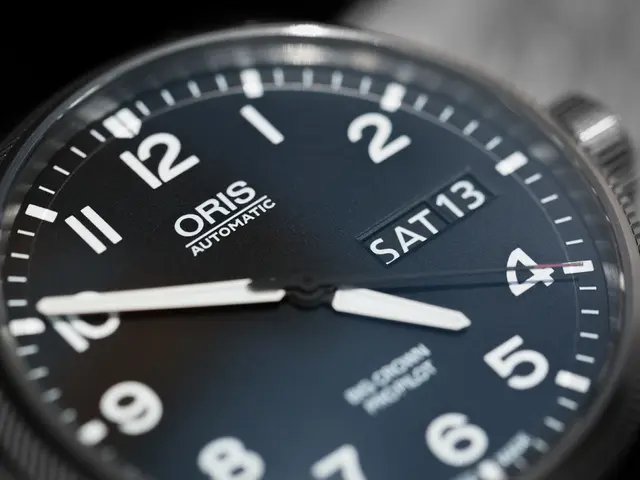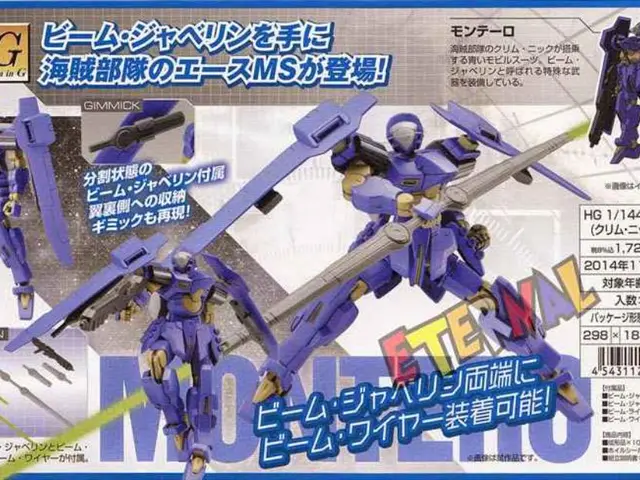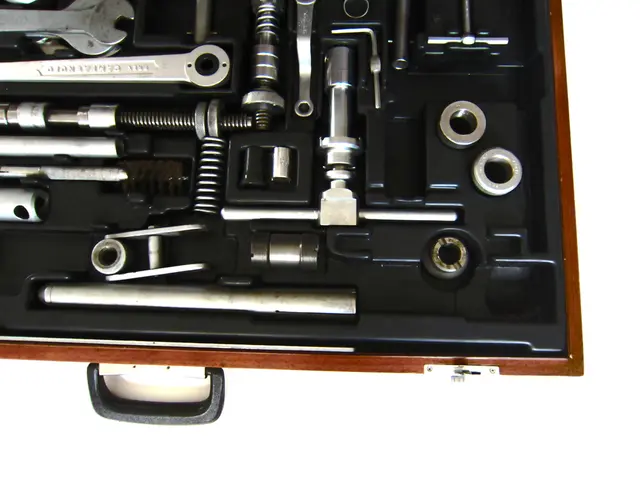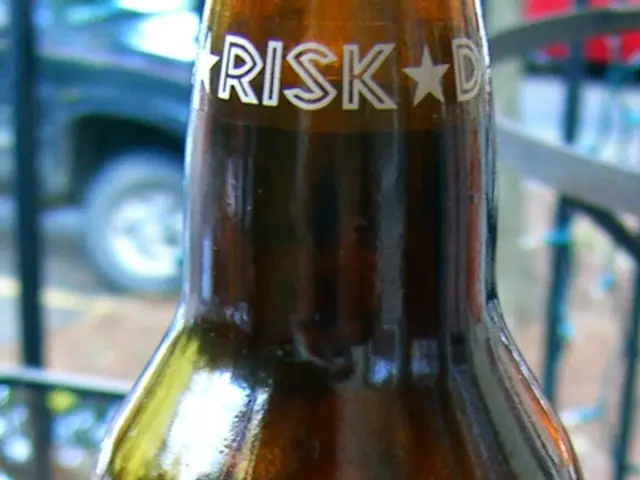Equipment Malfunctioned Permanently due to a Critical Hardware Failure [2025 Update]
In the realm of Windows computing, encountering the error message "The request failed due to a fatal device hardware error" can be a daunting experience. This error typically prevents read and write operations on a hard drive or external drive, potentially leading to permanent data loss. Here's a step-by-step guide to help you troubleshoot and resolve this issue.
1. **Check Hardware Connections**
Ensure that the drive's cables (USB or SATA) are securely connected. Try connecting the drive to a different USB port or use a different USB cable to rule out faulty ports or cables. If possible, connect the drive to another computer to verify if the issue persists, indicating a drive problem rather than your PC.
2. **Run Windows Hardware Troubleshooter**
Open Control Panel, navigate to Troubleshooting, and select View All. Run the "Hardware and Device Troubleshooter" which can identify and sometimes fix hardware issues automatically.
3. **Update or Reinstall Device Drivers**
Open Device Manager (right-click This PC, then Manage), expand "Disk drives," find the problematic device, right-click, and select "Update driver." Choose "Search automatically for updated driver software." After updating, restart your PC.
4. **Check Drive Status and Repair with CHKDSK**
Open Command Prompt as Administrator and run `chkdsk X: /f /r`, replacing "X:" with your drive letter. This checks for and attempts to fix bad sectors or corrupted files that cause the error.
5. **Use Disk Management to Verify Drive Health**
Press Windows+X, then Disk Management, check if the drive appears and its status (Healthy, Unallocated, RAW). If the filesystem is corrupted (showing as RAW), data recovery might be needed before reformatting.
6. **Data Backup and Professional Repair**
If the drive is physically failing or severely corrupted, use professional data recovery services to salvage important files before attempting any further fixes.
7. **Additional Tips**
- Ensure Windows and your system drivers are fully updated, as outdated system software can cause hardware communication issues. - Avoid using third-party software that might conflict with File Explorer or the drive drivers, as these can lead to crashes or device errors.
If after these steps the problem still exists, it likely signals a failing drive due to physical damage or bad hardware sectors, requiring replacement or professional recovery assistance to prevent data loss.
These methods have proven effective in resolving fatal device hardware errors reported in Windows File Explorer as of 2025. For more complex cases, consider using professional data recovery software like Tenorshare 4DDiG to recover data from the drive before attempting to fix the error. Additionally, checking the hard drive's SMART data can help assess whether a hard drive might be failing.
Remember, prevention is better than cure. Regularly backing up your data and maintaining up-to-date system software can help prevent such issues from arising in the first place.
[1] https://www.tenorshare.com/data-recovery/chkdsk.html [2] https://www.tenorshare.com/data-recovery/4ddig.html [3] https://www.tenorshare.com/data-recovery/win-10-hardware-troubleshooter.html [5] https://www.tenorshare.com/system-manager/check-hard-drive-status.html
- To further safeguard your data in the realm of Information and Communication Technology (ICT), consider implementing cloud-based event management software that automates the backup process, ensuring your data is securely stored in the cloud.
- In the context of data-and-cloud-computing, artificial intelligence (AI) can be leveraged to monitor hardware health, predict potential failures, and initiate preventive measures to ensure optimal performance of your devices.
- For seamless integration of AI in cloud technology, opt for advanced software solutions that offer robust functionality and are continually updated, bringing forth the latest advancements in the AI and cloud computing industries.
